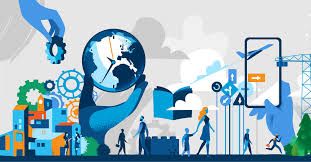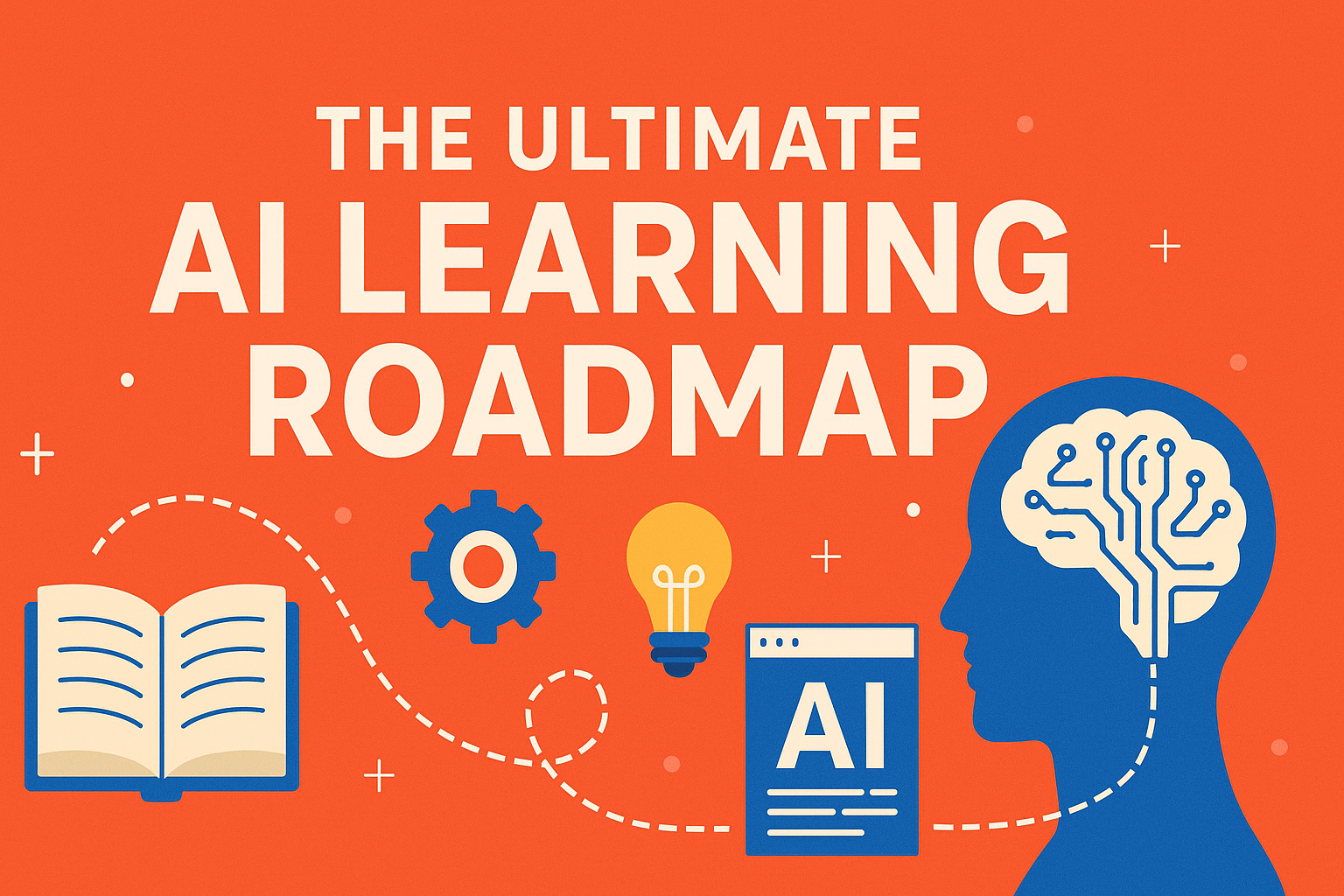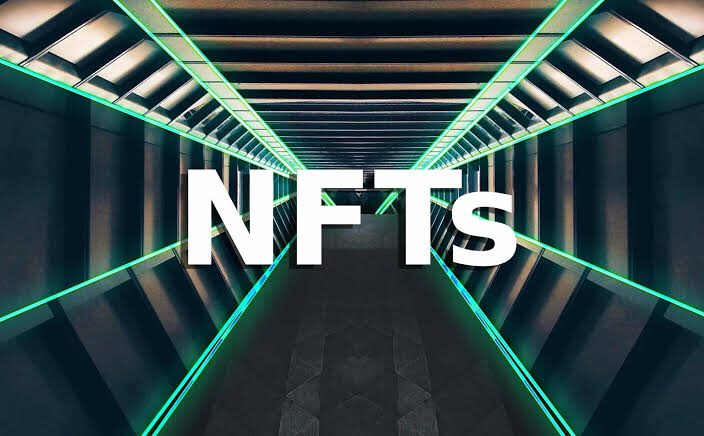“Innovation accelerates and compounds. Each point in front of you is bigger than anything that ever happened.” – Marc Andreessen
As we stand on the precipice of the Fourth Industrial Revolution, we are witnessing a seismic shift in the technological landscape that promises to reshape the very fabric of our global economy. Consequently, reshaping our lifestyles all together. This revolution is characterized by the fusion of technologies that blur the lines between the digital and the physical. Central to this transformation are four key innovations: Artificial Intelligence (AI), robotics, Web 3.0, and cryptocurrency.
Artificial Intelligence: The Brain of the Revolution
Artificial Intelligence is not merely a tool; it is the driving force behind this new era. AI systems can analyze vast amounts of data, learn from patterns, and make decisions with unprecedented speed and accuracy. From enhancing customer experiences to optimizing supply chains, AI is revolutionizing industries across the board.
Consider healthcare, where AI-driven diagnostics are enabling faster and more accurate disease detection. In finance, AI algorithms are predicting market trends and enabling smarter investment strategies. All of this is just a pebble’s worth of what’s actually out there- The potential of AI is limitless. As it continues to evolve and inches closer to AGI, it will undoubtedly lead to innovations we can scarcely imagine today.
Robotics: The Workforce of Tomorrow
Robotics is another cornerstone of the Fourth Industrial Revolution. Advances in robotics are not only increasing productivity but also transforming the way we approach manufacturing, logistics, even everyday life. These machines can perform tasks with precision and efficiency that humans simply cannot match, reducing costs and increasing output, and doing it consistently and predictably.
In factories, where most of the evolution of robotics has taken place for decades, robots are taking on roles that were once dangerous or monotonous for human workers. In warehouses, they are optimizing inventory management and order fulfillment. They are even being implemented into minor surgical procedures as a surgeon’s steady hands! As robots become more integrated with AI, their capabilities will only expand, leading to even greater efficiencies and new applications across various sectors. Robotics will go as far as we push the industry- the possibilities are as endless as we make them to be. It’s only a matter of time before we’ll wonder how we ever lived without such technology.
Web 3.0: The Decentralized Internet
Web 3.0 represents the next phase of the internet—one that is decentralized, user-centric, and driven by blockchain technology. Unlike the current web, which is dominated by a few large corporations, Web 3.0 aims to give power back to the users. This new web promises greater privacy, security, and autonomy, fostering a more open and equitable digital landscape.
Blockchain, the technology underpinning Web 3.0, ensures transparency and security in digital transactions. This innovation is already revolutionizing industries such as finance, supply chain management, and even art through the rise of NFTs (non-fungible tokens). As Web 3.0 continues to develop, it will pave the way for new business models, disrupt the traditional, and create opportunities for innovation and growth.
Cryptocurrency: The New Frontier of Finance
Cryptocurrency is perhaps the most revolutionary aspect of this new era. By providing a decentralized alternative to traditional fiat currencies, cryptocurrencies like Bitcoin and Ethereum are challenging the very foundations of our financial systems. These digital assets are not controlled by any central authority, offering a level of security and transparency that is unprecedented in the world of finance.
For smaller economies, cryptocurrencies present a unique opportunity to bypass the limitations of their fiat currencies, reducing reliance on unstable or corrupt systems. On a global scale, cryptocurrencies enable seamless, borderless transactions, fostering a truly global economy. As more people and institutions embrace this technology, we can expect a significant shift in how value is stored, transferred, and understood.
Embracing the Future
The Fourth Industrial Revolution is not just a technological transformation; it is a fundamental shift in how we interact with the world around us. By embracing AI, robotics, Web 3.0, and cryptocurrency, we are not only enhancing our capabilities but also redefining the possibilities for human achievement. As we navigate this brave new world, the principles of the free market will be crucial in ensuring that innovation thrives and opportunities abound for all.
In this new era, the choice is clear: embrace the future, or be left behind. The revolution is here, and it is up to us to seize the opportunities it presents and create a world that is more efficient, equitable, and innovative than ever before.




